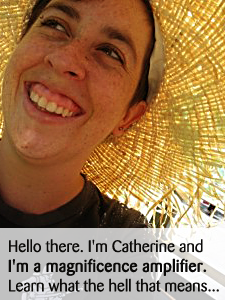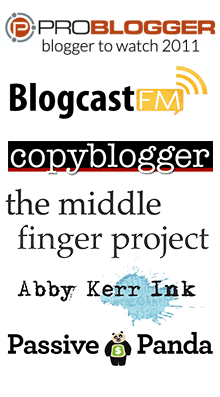You have a seven pallets of bricks that need to be moved from the driveway into the backyard. Your resources are your arms (flex!) and a wheelbarrow.
There are a few ways this can go.
The very stupid way
You stack sixty-three bricks on the wheelbarrow, making a tottering ziggurat of baked clay. The wheelbarrow is now so heavy that you must use all of your strength to get it off the ground, and you don’t push the handles as much as you shove them wildly in the direction of the backyard. You get two metres before your wrists give way and the wheelbarrow clunks to the ground.
You pant and wrench the handles up again and shove, to hit a hidden rock which creates a death-wobble and dumps the entire load on the ground. Your back aches once you’ve gotten all the bricks into the barrow, and your hands feel raw and sulky. It continues: lift/grunt, shoveshove, drop, rub hands, sigh deeply, lift/grunt, repeat. You get to the destination and unload the sixty-three bricks. The strangely light wheelbarrow is shoved back to the driveway where you do some math.
You’ve moved 63 bricks, leaving 469 on that pallet. With another six untouched pallets, you still have 3661 bricks to move. That’s another 58 loads of back-sproinging misery.
You burst into tears, rub your much-abuséd hands, and quit for the day.
The very smart way
You load twelve bricks, pick up the handles, wriggle experimentally, and put it down. You remove four bricks, leaving eight. Now the wheelbarrow feels like it has no weight in it at all. You walk at a jaunty pace toward the backyard. You hit a small rock and the wheel bounces, making the bricks clatter. You stop, remove the rock, and merrily push the rest of the way.
You jog back – healthy! – and load up with another eight bricks. The weight is completely negligible, and you know you can walk all day if you need to.
After you stop for a glass of lemonade, you try ten bricks in the barrow. It feels pretty much the same as eight. (Are you getting stronger? It appears so!) By now, you have the path smoothed out, and the effort required to get started on each load is almost unnoticeable.
By the end of the day, you’ve moved eight hundred-odd bricks, and you’re ready to do it again tomorrow. Your hands are a bit chafed, but they’ll be okay. And you think you might be able to start on fourteen bricks soon!
The moral of the story
If you want to build anything big, you’re going to need momentum.
When moving things, the most effective way to build momentum is to push them downhill. Objects want to go that way; gravity is on your side instead of working against you.
When moving people, the most effective way to build momentum is to start with something much less challenging than our capabilities. We want to succeed; our mind is on our side instead of working against us.
Start insultingly small and simple. If you need to tidy the house, put away the shoes near the front door. If you’re creating a magnificent website, start with the contact page. If you’re starting a business, buy a box to put the money in. Make your first task something you can’t possibly fail at.
When you start with the easiest possible work, there’s almost no friction. Confidence is sky-high – I can’t possibly fail at this, tra la la la! – and your energy seems limitless. So you expend your energy with no strain, no tiredness, and no injury. Strike that off the to-do list!
Everything is so easy that you keep on working. (More easy success! your brain says. Gimme gimme!) Without even noticing you build your muscles, and your definition of this-is-easy-peasy work grows without announcing itself.
Eventually, when you have to start really pushing, you have the muscles, the experience, the confidence and the momentum to push a thousand times harder than you could on your first day.
It’s always easier to move something that’s already in motion. And when you’re starting, the easiest things to move are the tiny ones.
Want to make a tiny change that will get some momentum happening in your business? How about signing up for Mo’Cash, Mo’Joy, the weekly newsletter? It’s awesome.
![]() photo credit:
photo credit:







